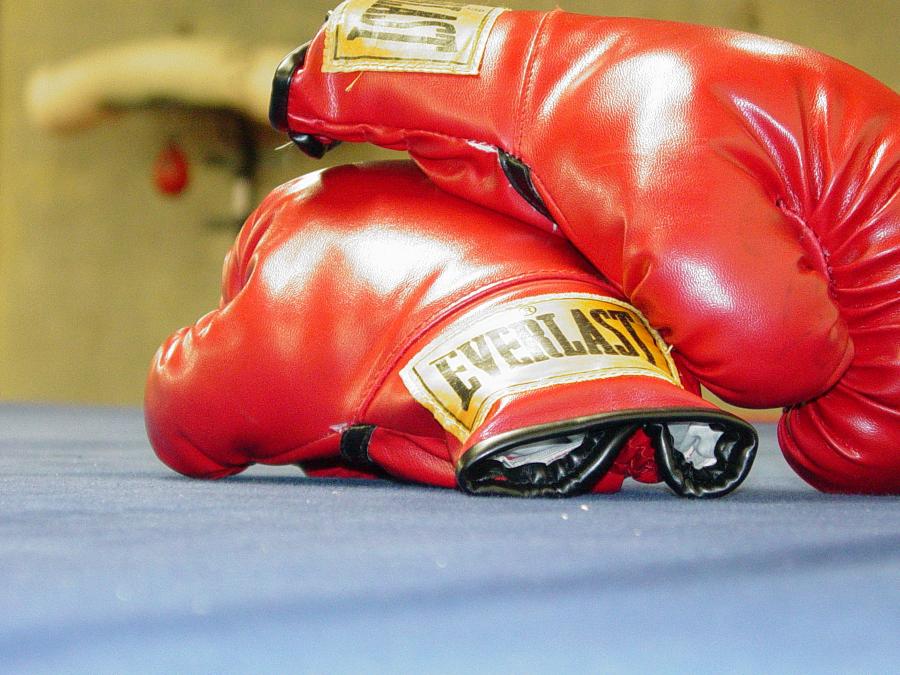Rescuing the Cherokee language
Text by Jennifer Weston
Photos by Jamie Malcolm-Brown, Ellen Lutz, and Jennifer Weston
Faced with dwindling numbers of first-language Cherokee speakers, two Cherokee nations in the United States are encouraging small cohorts of their youngest citizens to enroll in language immersion schools to maximize their language development at the most critical stage of language acquisition: ages three to five.
Leadership from all three Cherokee nations—the Eastern Band of Cherokees, the Cherokee Nation in Oklahoma, and the United Keetoowah Nation—came together last October to celebrate the grand opening of the Eastern Band’s Kituwah Academy, a language immersion school for preschool through fifth grade students located in Cherokee, North Carolina.
“This is a dream come true,” proclaimed Wiggins Black Fox of the Eastern Band, before delivering an opening prayer in the Cherokee language. “We came from here. We were the ones who received that fire up on that mountain.” Leroy Littlejohn, also of the Eastern Band, and Cherokee Nation representatives from Oklahoma Tom Belt and George Byrd also delivered opening prayers in the language.
In 1838, ancestors of the Oklahoma Cherokee were forcibly relocated there from their southeastern homelands by the military in direct violation of a Supreme Court ruling affirming their rights to their traditional territory. Ancestors of the Eastern Band of Cherokee Indians evaded military relocation, accepted citizenship and small plots of individual land, or walked back to North Carolina from Oklahoma after removal.
Today, all three Cherokee nations are enjoying an economic renaissance from gaming revenues and other profitable tribal enterprises. Drawing strength and cohesion from their cultural and linguistic heritage, painstakingly maintained over the centuries—and a unique 86-character syllabary developed in the early 19th century—the three nations are once again coming together in an epic multigenerational battle to preserve their ancient language. In 2003, the Cherokee Nation of Oklahoma opened its own language immersion school—in which students hear and speak only their Native language—and its proven curriculum serves as the basis for the Eastern Band's school. According to Chief George Wickliffe, the Keetoowah are also exploring implementing immersion education.
For the 150 celebrants gathered in North Carolina, the show of intertribal unity was a fitting conclusion to the efforts of four successive tribal administrations that tackled language education. Today, language advocates in all three Cherokee tribes refer to the language as “the fire that represents the center of our nation.”
Former chief Joyce Dugan, current superintendent for Cherokee Central Schools—a partner in establishing the academy’s North Carolina state certification—said, “I always believed the tribe needed to take a stronger stance on language education [but] it was always about money and being able to provide adequate resources… We have to accomplish the reverse of what the government boarding schools did—but the good thing about this is that the students are not going to be punished for speaking English.” (The government schools were designed to destroy Native language transmission, and students were beaten for speaking their own language.)
Academy administrator Gilliam “Gill” Jackson, a long-time teacher, spoke of the positive impacts of immersion education. “Oftentimes we don’t see the impact we have on a child for years,” he said. “Sometimes it takes a lifetime. In the course of our immersion program we can see the impact and influence we have on these children in a matter of months, sometimes within weeks, and even in a few hours. It’s easy for these little fellas. They’re having to act and think quickly in two languages, and using their brains in ways most with only one language never will.”
Jackson related his daily wonderment at the demeanor and boundless curiosity of his young charges, who can converse about everything from “ants on the playground, the river that’s flooded, the blue sky, the clouds, the rain coming down, and the little girl talking about the mice in her home.” His students constantly surprise him with their sense of humor—“exactly the same as that among our older fluent speakers”—and with the commentary they can carry on in Cherokee:
“Gail, your breath stinks.”
“Mom and Dad, you’re doing good to learn the language too.”
But most of all, he marvels at their capacity to bond with each other. “They say ‘I love you’ to each other all the time—sometimes, when one’s leaving [the classroom] for only fifteen minutes they’ll all jump up. They’ll say it again when the child comes back—that’s the kind of love these little babies have for each other. I’m convinced they’ll be our future council leaders, doctors, psychologists, attorneys, teachers, and most importantly, strong moms and dads.”
With barely 400 fluent elderly speakers remaining among the Eastern Band communities, tribal officials and language advocates in 2004 opened a preschool immersion program for six children. Those children composed the first kindergarten class at Kituwah Academy last fall, and will remain full-time students at the immersion school through their fifth grade year, by which time their second-language speaking and writing skills will be firmly internalized. The community estimates that by 2011 as few as 200 fluent speakers will still be living among elder generations, so the training of 32 language-fluent children comes at a critical time in their struggle to revitalize the language. The school also maintains a waiting list, and admits children individually to ease their transition to the new language environment. Students study English after school with an instructor, but are not allowed to use English during the school day.
Students of New Kituwah and their families are also tasked with re-establishing intergenerational language transmission in Cherokee homes. Parents commit to enrolling in day or evening language classes, and to connecting their student with a fluent speaker—a relative, neighbor, or family friend—on a daily basis. Kituwah Academy will also administer a four-tier language career-track program in order to produce the teachers they’ll need in the near future.
One of the most moving parts of the event came from program manager Renissa Walker, who told the story of Mary Smith Snead, born in 1915, who as a young girl was taken from her family and placed in a government boarding school where both girls and boys had their heads shaved, and boys were put in dresses as punishment for speaking their language. Both of Mary’s daughters, Sarah and Rosanna, were in the grand opening crowd, and Walker thanked them for sharing their mother’s history, and exhorted them to “Tell Mary about this place: a school where every prayer is in the Cherokee language.”
Jennifer Weston is a program officer for Cultural Survival’s Endangered Languages program. Jamie Malcolm-Brown is the art director for Cultural Survival Quarterly, and Ellen Lutz is the former executive director for the organization.



